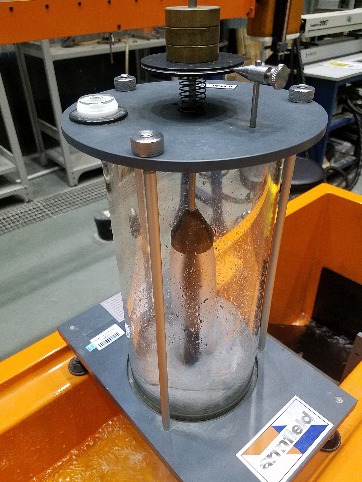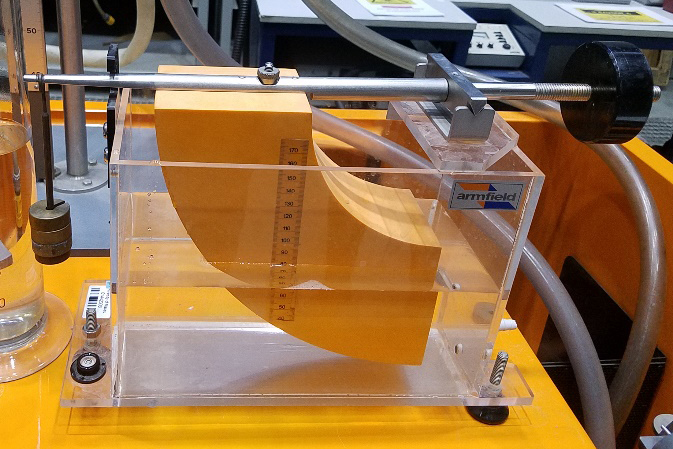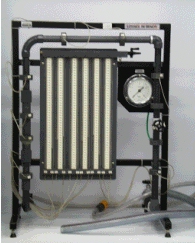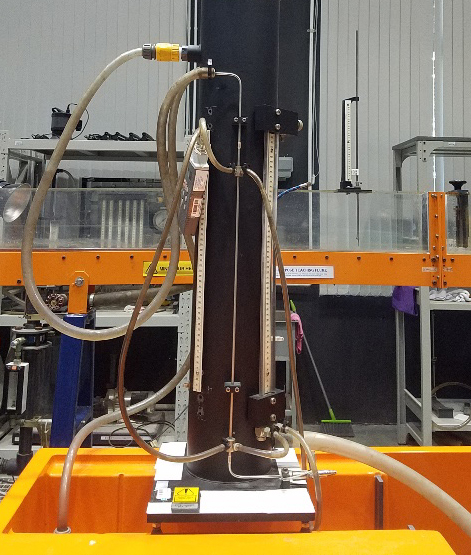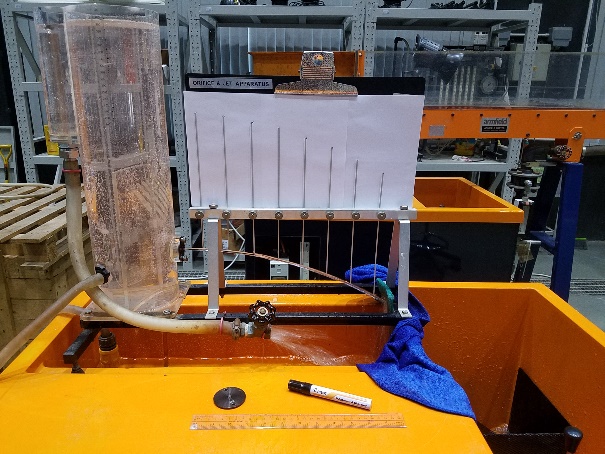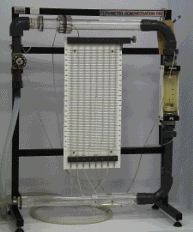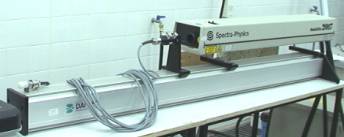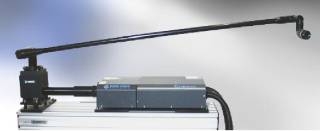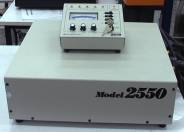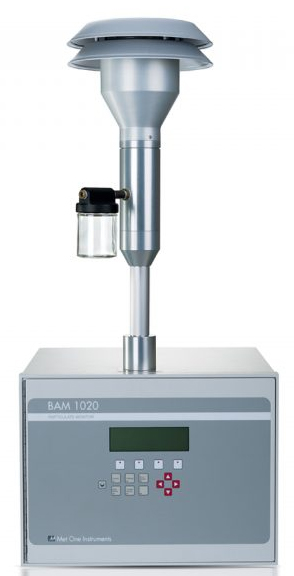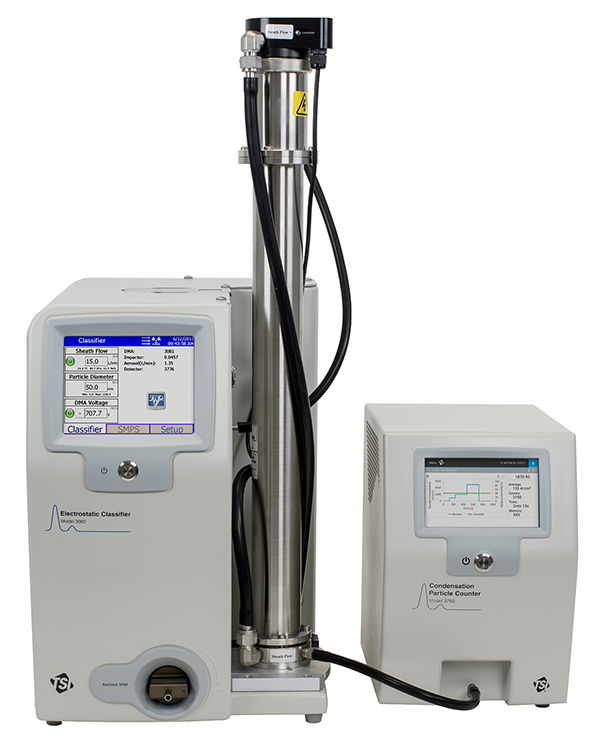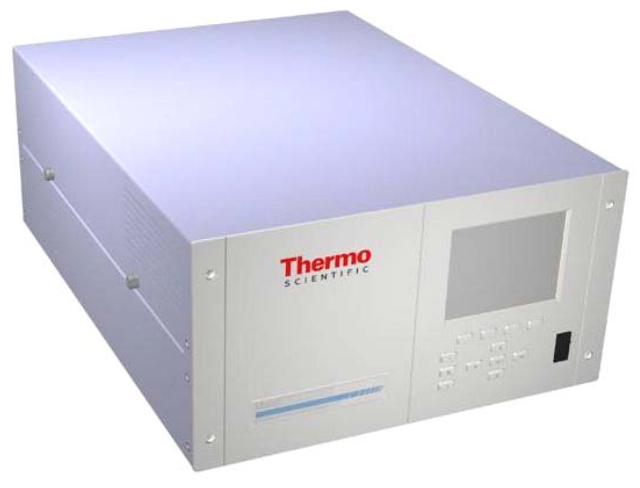| Location | E11-G026 |
| Academic Staff in charge | Prof. Kai Meng MOK |
| Technician | Ka In HOI |
| Telephone | (853) 8822-4287; 8822-2715 |
| Open Access Reservation Period | Wednesday: 9:00 – 17:00 |
Objective
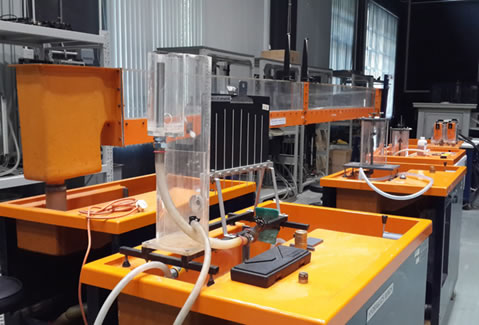
The laboratory provides supports to both undergraduate and graduate teaching so that students have the opportunity to see by themselves the essential fluid mechanics principles, and to verify the applicability of various assumptions, models and analysis methods. It also provides facilities for researches in hydraulics, fluid mechanics and related fields to support graduate studies. Thus much of the fundamental research in the laboratory is comprised of thesis investigations.
Facilities
The laboratory is equipped with apparatus for research, practices, applications and demonstration of theories in fluid mechanics, hydraulic engineering subjects and related fields.
1. Fundamental Theories
Bernoulli’s Theorem Demonstration Apparatus – Demonstration of Bernoulli’s Theorem and its limitations. Direct measurement of the static and total head distribution along a Venturi tube. Determination of the meter coefficient at various flow rates.
Flow Visualization Channel – Demonstration of the basic phenomena associated with open channel flow. Visualization of flow patterns (streamlines, pathlines and streaklines) over or around immersed objects.
Hydrostatic Pressure Apparatus – Determination of the center of pressure on both a submerged or partially submerged plane surface and comparison with the theoretical center of pressure.
Impact of Jet Apparatus – Measurement of the force exerted on different targets and comparison with the forces predicted by momentum theory.
2. Pipe flows
Osborne Reynolds’ Apparatus – Demonstration of the laminar, transitional, turbulent water flow and velocity profile.
Pipe Friction Apparatus – Investigation of the variation of friction head along a circular pipe with the mean flow velocity in the pipe and the effects of laminar and turbulent flow regimes.
Losses In Bends Apparatus – Measurement of the minor losses due to bends and angles in a pipe system.
Hydraulic Ram Apparatus – Demonstration of the water ram (hammer) effects.
3. Hydraulic Machinery
Centrifugal Pump Demonstration Unit – Demonstration of single-stage centrifugal water pump in operation; measurement of inherent speed pump performance, including production of characteristic curves of flow rate against pump total head, motor input power, impeller speed, overall total efficiency, estimated impeller power & efficiency; introduction to pump speed laws.
Series/Parallel Pumps Demonstration Unit – Demonstration of either series, parallel or single pump operation; comparison of head-flow characteristics with single pump operation, at inherent speed.
Water Turbine Demonstration Unit – Measurement of turbine performance in terms of torque, brake power and efficiency as a function of runner speed.
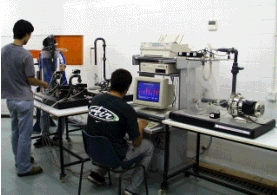
4. Flow Measurement
Basic Weirs (v-notch, rectangular notch, etc) – Demonstration of characteristics of flow over weirs; determination of flow rate and coefficient of discharge.
Flowmeter Demonstration Apparatus – Direct comparison of flow measurement using a Venturi Meter, Variable Area Meter and Orifice Plate.
Orifice and Jet Apparatus – Determination of the coefficient of discharge for a small orifice with flow under constant head and flow under varying head; comparison of the measured trajectory of a jet with that predicted by simple theory of mechanics.
Orifice Discharge Apparatus – Determination of the contraction and velocity coefficients; calculation of discharge coefficients.
5. Hydrology
Basic Hydrology System – Investigation of rainfall/run flood hydrographs. Studies of ground water abstraction and fluvial mechanics.
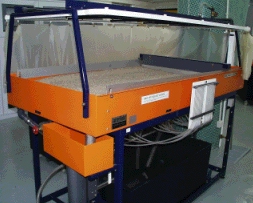
6. Open Channel Flow
Multi-Purpose Teaching Flume – Studies of various open channel flow phenomena, e.g. hydraulic jump, flow over crump weir, sharp crested weir, broad crested weir, venturi flume, sluice gate and false floor, etc.
Wave Generation System – Generation of simple progressive sinusoidal waves within the Multi-Purpose Flume for studies of free surface water waves.
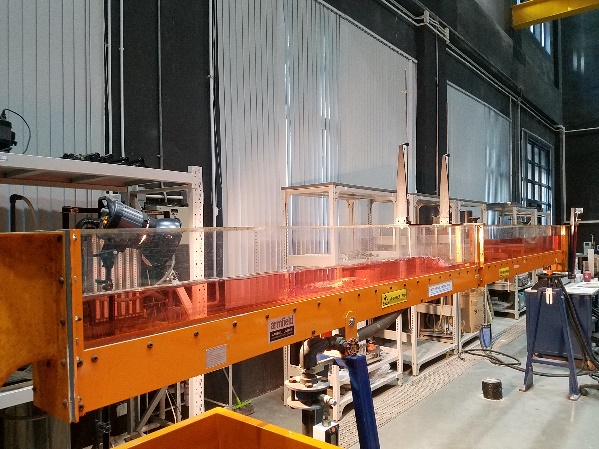
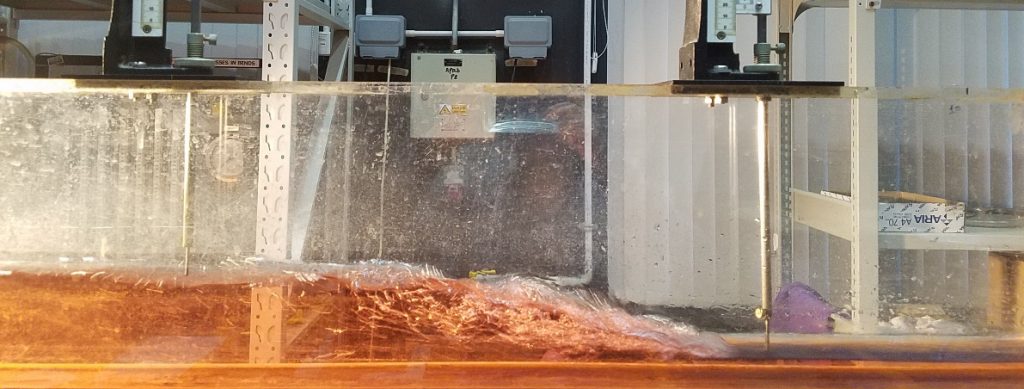
7. Measuring Instruments
- – High precision point gauges and hydrometers
- – National Instruments AT-MIO-16 F-1 AD-DA data acquisition system with LabVIEW
- – Resistant-type wave gages and amplifier for surface measurement
- – Entran high resolution pressure sensors
- – Sony DCR-VX2000E professional quality digital video camera
- – Dantec fiber-optics flow visualization system equipped with a top hat light sheet optics of 20 degrees
sheet angle and a Spectra-Physics 5-W argon laser - – Dantec FlowMap 1500 2D PIV system equipped with a NewWave Solo PIV 12-15mJ YAG laser
8. Air Quality Monitoring Instruments (Co-operated with Prof. Yongjie LI)
Met-One BAM1020 Particulate Monitor – Measurement of the hourly particulate concentrations based on the principle of beta ray absorption.
TSI Dusttrak II Aerosol Monitor 8530 – Measurement of the real-time aerosol concentrations (PM1, PM2.5, PM10) based on the light-scattering laser photometer.
TSI 3938 SMPS Scanning Mobility Particle Size Spectrometer – Measurement of the aerosol size distribution from 1nm to 1µm.
Thermo Scientific Model 42i NO-NO2-NOx Analyzer – Measurement of nitrogen oxides based on the chemiluminescence technology.
Thermo Scientific Model 43i SO2 Analyzer – Measurement of SO2 concentration based on the pulsed fluorescence technology.
Thermo Scientific Model 48i CO Analyzer – Measurement of CO concentration based on the gas correlation technique.
Thermo Scientific Model 49i O3 Analyzer – Measurement of O3 concentration based on the UV photometric technology.
Thermo Scientific Model 146i Multi-Gas Calibrator – Calibration of ambient air and other gas monitoring instrumentation.
Environics Series 7000 Zero Air Generator – Supply of dry and contaminant-free air.
Courses supported
| CIVL2003 | Fluid Mechanics |
| CIVL3006 | Civil Engineering Hydraulics |
| CIVL7029 | Hydrodynamics |
| CIVL7030 | Environmental Fluid Mechanics |


